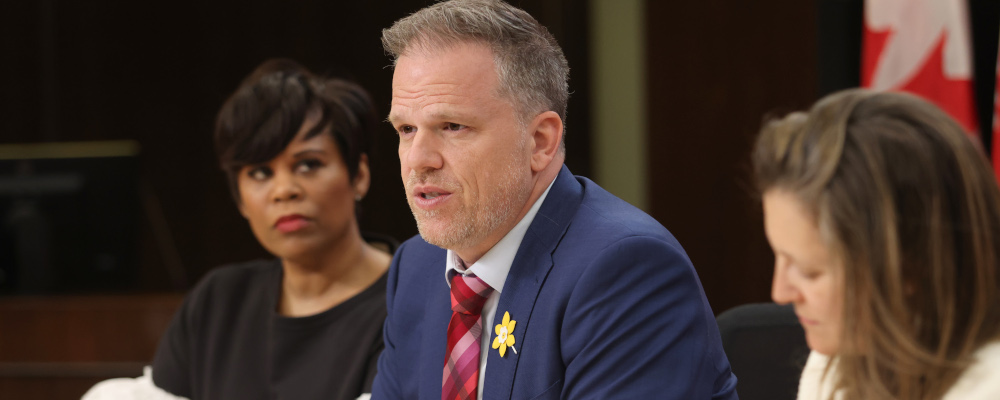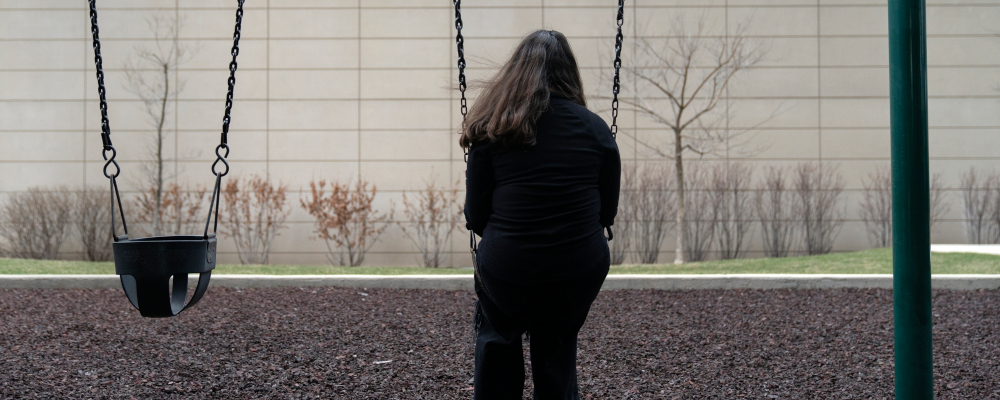Parliament voted in 2021 to legalize “medical assistance in dying” (MAID) for people whose sole underlying condition is mental illness. But after wrestling with the ethical and practical complications of MAID for mental illness, parliamentarians have delayed the coming into force of that law until 2027.
Patients eligible for MAID in Canada are separated into “track 1” and “track 2,” which require slightly different processes and safeguards. Track 1 is for those whose natural death is reasonably foreseeable, while track 2 is for those who have an irremediable medical condition but are not nearing death.
MAID deaths overall were relatively equal between men (51.4 percent) and women (48.6 percent) in 2022. However, track 2 MAID cases have a significantly skewed gender ratio. In 2022, 59 percent of those who received track 2 MAID were women and 41 percent were men. Why would there be such a disparity? A key possible answer is that Canada is already euthanizing people with mental illness who disproportionately tend to be women.

The gender gap
Consider euthanasia and assisted suicide (EAS) in the Netherlands, for comparison. Overall, rates of men and women receiving EAS in the Netherlands in 2022 were nearly equal, at 50.6 percent male and 49.4 percent female, which is similar to Canadian rates for MAID overall. When it comes to EAS for psychiatric conditions, however, the rates become drastically unequal. One study found that between 2012 and 2018, 65 percent of those granted psychiatric EAS in the Netherlands were female and 35 percent were male. Another study found that women make up between 69 and 77 percent of all those who request and receive psychiatric EAS in Belgium and the Netherlands.
The gender disparity for psychiatric MAID in the few nations where it has been legalized mirrors the ratio of female-male suicide attempts. Although male suicide attempts are lethal at twice the rate of female attempts, women attempt suicide at twice the rate of men. The British Journal of Psychiatry notes that women are less likely than men to cause themselves pain or violence. In China, for example, high female suicide rates into the early 2000s, particularly in rural areas, were attributed to relatively easy access to non-violent means. Another group of researchers concludes “that the availability of EAS in the Netherlands may render more effective the wish to die of women whose suffering from mental illness is unbearable.”
Canada must grapple with this evidence as the legalization of MAID for mental illness looms. But gender disparity in MAID is already a reality in Canada, particularly within track 2 which lacks effective safeguards to prevent patients with mental illness from using MAID as a means of suicide. Canadians should be raising the alarm that track 2 may also be simply “render[ing] more effective the wish to die of women whose suffering from mental illness is unbearable.”
Lack of safeguards in track 2
Canada’s current MAID law excludes MAID for mental illness as the sole underlying medical condition. But our law does not exclude MAID for mental illness entirely. Even if a MAID request is related to a patient’s mental illness, they may still receive MAID provided they have another irremediable condition that causes intolerable physical or psychological suffering.
For example, an able-bodied patient who is depressed is not eligible for MAID. But a person with a serious disability caused by a major accident may be, even if they are not nearing natural death. That same patient might ultimately request MAID because of their depression but be approved because of their disability. In fact, it may be that more patients dying by track 2 MAID suffer from mental illness. As Dr. Sonu Gaind explained about “suicidality”: “On the face of it, even if you look at what the word means, when somebody wants to die and they’re not dying, of course that means that they’re suicidal.”
In Canada, a patient might be offered counselling to help relieve suffering, but there is no requirement to address mental illness prior to providing MAID. The patient must be informed of “means available to relieve their suffering” and the patient and medical practitioner must agree “that the person has given serious consideration to those means.”See Criminal Code ss. 241.2(3.1)(g)(h)) Even so, it can be challenging to determine what means might relieve one’s suffering.

In the State of Oregon, by contrast, if one of two physicians assessing a patient believes that judgment may be impaired by a psychiatric or psychological disorder or depression, the physician must refer the patient for counselling and cannot prescribe MAID medication until it is determined the patient’s judgment is not impaired. Even this safeguard, however, is complicated by an inevitable element of physician subjectivity in assessing a patient’s capacity to choose MAID.
One research paper on psychiatric EAS in the Netherlands notes that granting requests “appears to involve considerable physician judgment, usually involving multiple physicians who do not always agree (and sometimes without independent psychiatric input).”
In Canada, while there is a requirement for two physicians or nurse practitioners to approve a request, there is no requirement for a psychiatrist to be involved. Further, if one physician deems a patient ineligible, the patient may look for another doctor who believes otherwise. As a result, patients are currently being approved for MAID due to mental illness.
Take, for instance, the story of Donna Duncan. Duncan was in a car accident in 2020, following which she suffered from post-concussion syndrome and various mental health problems. Duncan was approved for MAID by two physicians in October 2021 and euthanized shortly thereafter. Duncan’s daughters believed she would have recovered with proper treatment for depression, stating that “it took a year to get treatment but it could only take four days to die.”
In 2022, 23-year-old Kiano Vafaeian had reportedly been approved for MAID. His only physical disabilities were diabetes and loss of vision in one eye, but he was also depressed. He was approved for MAID. Vafaeian’s mother found out about his scheduled MAID death and began posting about the situation on social media, stating “the doctor literally has given him the gun to kill himself.” Because of Kiano’s mother’s advocacy, the doctor decided not to go through with providing MAID.
The failure of track 2 MAID
The problems with track 2 MAID continue, including stories of people who access MAID instead of the necessary supports, an issue that the Canadian Human Rights Commissioner recently urged the government to thoroughly examine. Beyond that, track 2 is providing MAID for those who are not dying, some of whom are suffering from mental illness.
Canadian MAID data does not separate mental illness from other MAID requests as the Netherlands does. But the lack of safeguards, stories of Canadians being approved for MAID despite mental illness, and of course the gender disparity in track 2 MAID, are alarming. At the very least, track 2 MAID needs more effective safeguards. Rather than consider further expansion of MAID, the federal government ought to focus on resolving existing problems and refuse to provide a fail-proof means of suicide to Canadians who are not dying.
Recommended for You

The state of Canada’s economy halfway through 2025

Peter Menzies: It’s no wonder Canadians are tuning out the legacy media

The Notebook by Theo Argitis: Trump halts trade talks, Carney’s trade-offs and John McCallum’s legacy

Lydia Perovic: The future of history looks bleak, if Toronto’s museums are any indication



